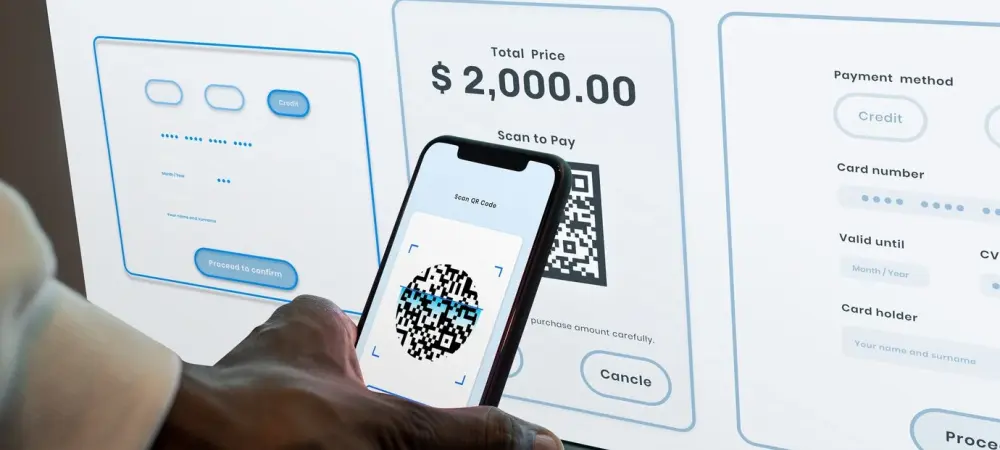In a world where digital transformation is reshaping the financial landscape, Nikolai Braiden stands out as a visionary in the FinTech domain. As an early advocate of blockchain technology and a seasoned advisor to startups, he brings deep insights into how financial technology can revolutionize payment systems. Today, we delve into the impactful transition to ISO 20022 in the payments industry and explore its expected ripple effects.
Can you explain what ISO 20022 is and why it’s important for the payments industry?
ISO 20022 is essentially a messaging standard designed to facilitate a common language across financial transactions worldwide. It’s crucial for the payments industry because it allows for greater interoperability between banks, financial institutions, and market infrastructures. By having a standardized framework, we can streamline communications, reduce errors, and ultimately improve transaction processing efficiency.
How does ISO 20022 improve interoperability among financial institutions?
By providing a uniform structure for payment messages, ISO 20022 allows disparate systems to communicate more effectively. This standardization reduces the complexity financial institutions face when interacting with each other. More consistent message formats mean that institutions can connect seamlessly, which also aids in optimizing cross-border transactions.
What are some of the expected benefits of adopting the ISO 20022 standard?
Financial institutions can expect multiple benefits from adopting ISO 20022. Key advantages include enhanced data richness, which enables better fraud detection mechanisms and supports advanced analytics. The standard also reduces the need for manual interventions in payment processing, leading to decreased errors and costs.
How will the new messaging standard enhance payment transaction efficiency?
ISO 20022’s detailed and structured data format allows for automation in processing transactions. With detailed and precise information included in each transaction, institutions can minimize reconciliation issues and manual interventions, leading to swifter processing times and reducing operational costs.
Could you elaborate on how ISO 20022 strengthens fraud detection?
The enhanced data requirements within ISO 20022 mean that more transaction details are captured and analyzed. This increased granularity allows institutions to develop more sophisticated algorithms for detecting anomalies and fraudulent activities, thus enhancing their overall fraud prevention strategies.
What role does advanced data analytics play in the new ISO 20022 framework?
Advanced data analytics becomes a pivotal element with ISO 20022, as the richer data set provides a foundation for more precise and actionable insights. Institutions can use analytics to drive more strategic decision-making, optimize operations, and innovate in areas like risk management and customer insights.
How does the shift from FAIM to ISO 20022 align the U.S. with global payment systems?
Shifting from FAIM to ISO 20022 places the U.S. in alignment with other regions that have already adopted the standard. This global synchronization promotes easier and more efficient cross-border transactions, fostering a more connected and streamlined international payments ecosystem.
How is Swift using ISO 20022 to improve cross-border payments?
Swift leverages ISO 20022 to enhance its payment investigation and reconciliation capabilities. With this standard, Swift significantly reduces time spent on resolving delayed payments and enhances the overall transparency and efficiency of cross-border transactions, improving the user experience.
What improvements can financial institutions expect to see in the short term after adopting ISO 20022?
In the short term, financial institutions might notice a reduction in transaction errors and processing times. The standard facilitates better resource allocation within operations thanks to minimized manual interventions, leading to immediate efficiency gains.
What long-term impacts might the richer data from ISO 20022 have on banks?
Long-term, banks can harness the depth of ISO 20022 data to reimagine services and products. Enhanced data supports better customer relationship management, enables more personalized financial products, and leads to greater innovation in areas such as risk assessment and credit scoring.
Can you discuss how ISO 20022 could streamline payment processing?
Payment processing becomes more streamlined with ISO 20022 through its structured and detailed data approach, which enables end-to-end automation. As processes become more automated, transaction times shrink, and error rates drop, decreasing processing costs substantially.
James Wester mentioned that the value of ISO 20022 comes from its application beyond compliance. Could you expand on this?
The real potential of ISO 20022 lies in how financial institutions utilize its capabilities to innovate and modernize their infrastructure. It’s not just meeting compliance requirements but using the data to enhance payments orchestration, advance fraud prevention, and improve reconciliation processes, essentially transforming how they operate.
How will ISO 20022 affect real-time payment services like FedNow?
ISO 20022 will likely improve the accuracy and detail of payment information within services like FedNow. This leads to fewer errors in real-time transactions and better remittance data, enhancing the reliability and customer satisfaction of real-time payment services.
In what ways do banks need to rethink their payment stacks to fully benefit from ISO 20022?
Banks will need to reevaluate their entire payment stacks, considering aspects like liquidity management and risk factors. They should redesign back-office systems and strategies to take full advantage of the insights from the richer data, focusing on improving customer experience and services.
How might ISO 20022 impact customer experience and product strategy in the payments industry?
Customer experience may significantly improve as banks utilize detailed transaction data to understand client needs better. This can lead to more tailored services and innovative product strategies that align closely with customer expectations, offering a competitive edge in the market.
Are there any challenges or downsides to the implementation of ISO 20022 that financial institutions should be aware of?
While ISO 20022 presents numerous advantages, its implementation can be complex. Institutions might face challenges related to system upgrades, data migration, and staff training. There’s also a risk of initial disruptions, which require thoughtful planning and dedicated resources to overcome.
Do you have any advice for our readers?
Embrace technology and stay informed about industry shifts like ISO 20022. Whether you’re part of an institution or an individual stakeholder, understanding these changes helps in leveraging the opportunities they present. Keep an eye on how data is shaping the future of payments and industries beyond.

